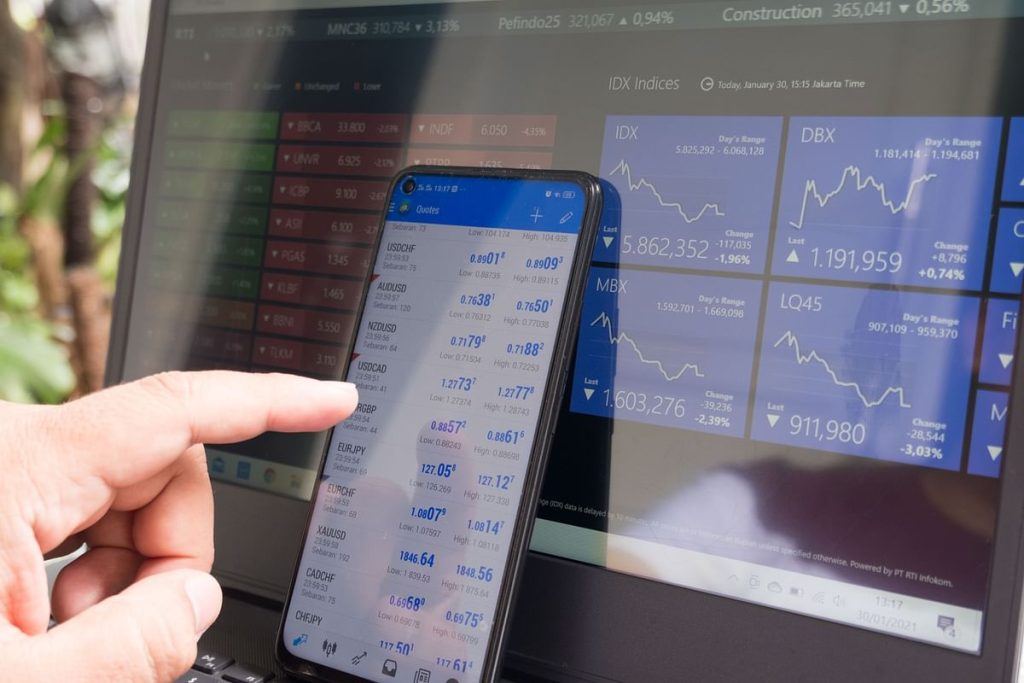What appears to be positive can turn out to be negative depending on how the markets want to read and digest the news.
Initially, the equity markets rejoiced the stronger-than-expected U.S. GDP growth. The GDP growth for the third quarter at 2.6% as opposed to the 2.3-2.4% estimates. Sounds good. But how will the Fed look at it? More hawkish? That’s the underlying fear in the markets.
The day started on a different narrative after the Canadian central bank hiked rates by 50 basis points as against the expected 75 bps. Most financial markets read this as a signal of the beginning of the end of a steep rate hike cycle. That hope could be short-lived after the strong U.S. GDP numbers.
In hush-hush tones, the murmurs of ‘how will the Fed’ view these numbers are back!
Financial markets will watch for these three developments, which are crucial in determining the next move.
A few hours earlier, the European Central Bank hiked interest rates by 75 basis points and served with a hawkish tone from the ECB President Christine Lagarde: Expect more rate hikes, the normalisation process is not over. Enough for the European markets to go into a limbo.
The 166-year-old bank reported a loss of $4 billion, which overshadowed a series of strategic steps to restructure and bring life back into the institution. The stock tanked.
The strategic changes are massive and was termed as “radical restructuring” by its CEO.
The core will be a bailout support from the Saudi National Bank, which will pump in $1.5 billion as part of the $4 billion the bank wants to raise from investors. They will radically restructure investment banking, accelerate cost-cutting and focus on wealth management, asset management and markets.
The Indian markets opened on a positive note and closed on a positive note. A continued display of resilience makes India stand out from the rest of the world.
But there are too many moving parts in the globe, which could lead to volatility. Watch out for wild swings and how India manages to remain stable.
